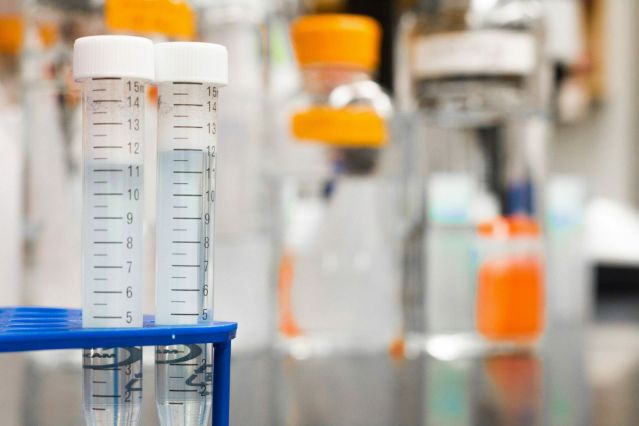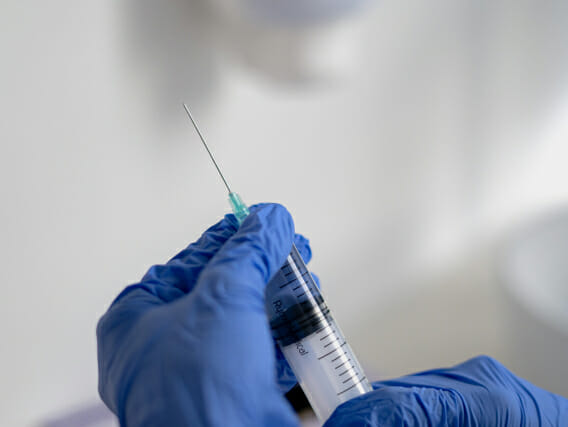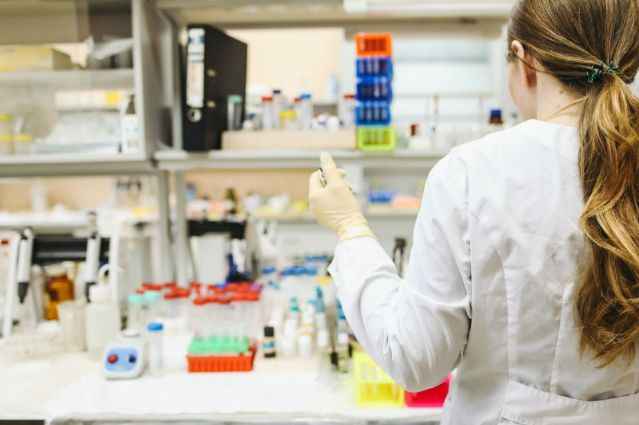

Våra Kurser & Webinar
Arbetar du praktiskt med HPLC eller GC men saknar basutbildning? Eller vill du utöka dina kunskaper och lära dig mer om olika tekniker? Då har vi kurser för dig!
Nedan finner du datumen för kurserna 2026.
Passar dom inte? Eller är ni många på företaget som vill gå en kurs?
Kontakta oss så kan vi göra en företagsanpassad kurs för ditt företag.

Våra Kurser
Arbetar du praktiskt med HPLC eller GC men saknar basutbildning?
Eller vill du utöka dina kunskaper ytterligare?
Då har vi kurser för dig!
Vätskekromatografi i praktiken I & II
Uppsala, 19-20 Maj 2026
1-dags kurs, 8500kr/person
Paketpris Vip I+II, 14500 kr/person
Vätskekromatografi i praktiken I & II
Göteborg, 6-7 Oktober 2026
1-dags kurs, 8500kr/person
Paketpris Vip I+II, 14500 kr/person
GC Masterclass
Västerås, 18 Juni 2025
Företagsanpassade kurser
Är ni en större grupp på laboratoriet som önskar få en skräddarsydd kurs i HPLC, GC eller Spektrometri?
Då har vi lösningar för dig!
Kommande Webinar
Vi har inga kommande webinar för tillfället.






